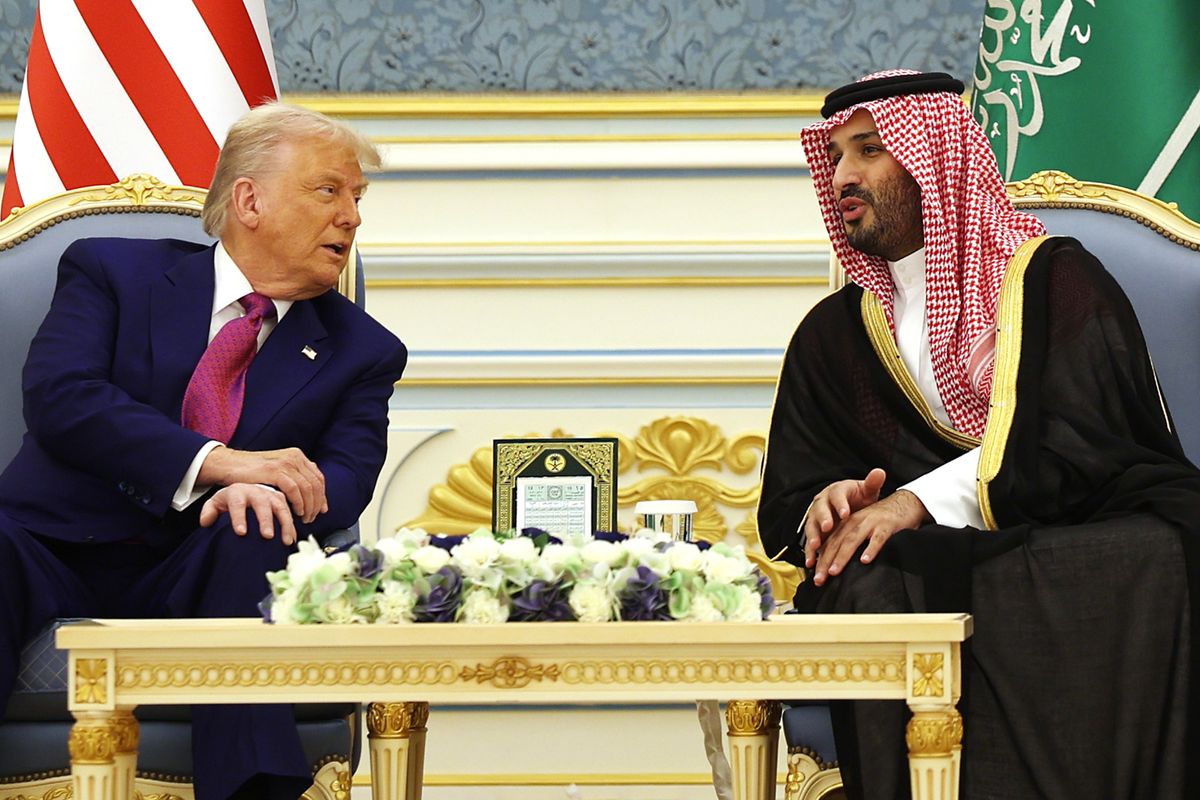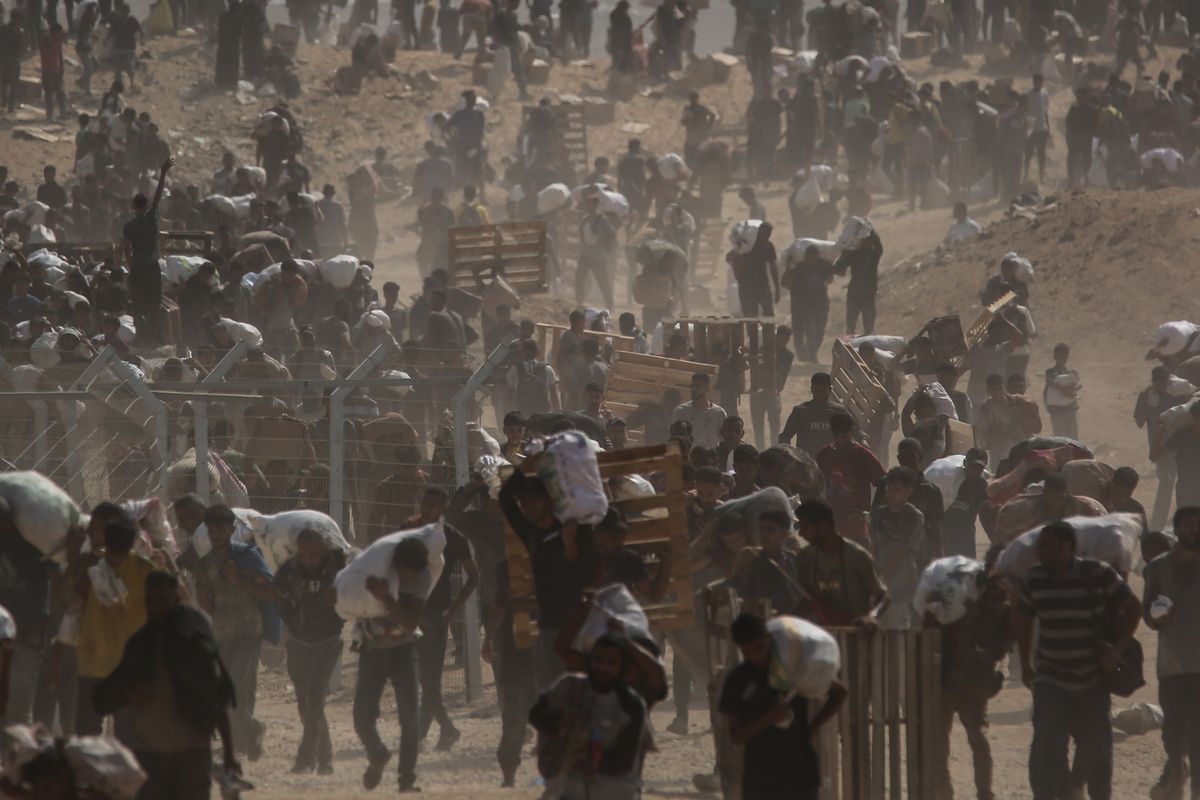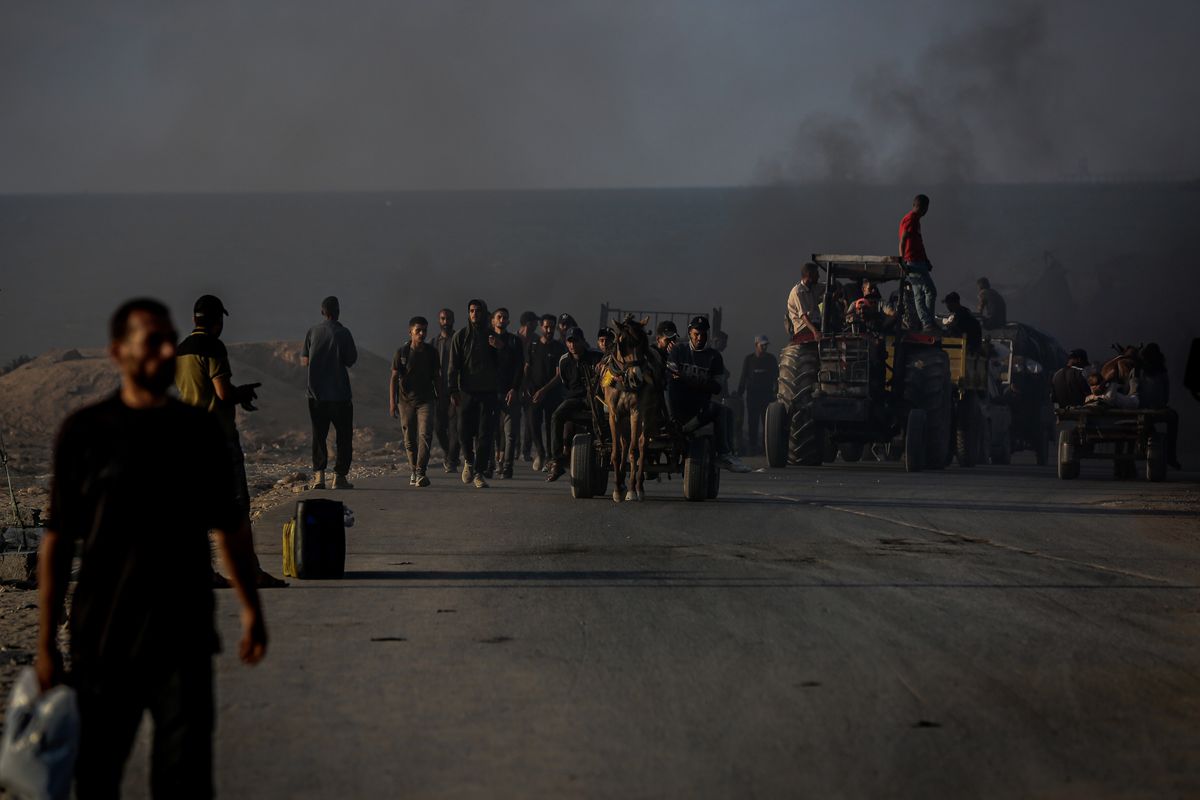Shi’a Houthi forces recently killed al-Qaeda in the Arabian Peninsula (AQAP) commander Mohammed Jamal in the Yemeni governorate of Taiz. Jamal died while fighting the Houthis alongside forces supported by the Yemeni government and Saudi Arabia, two long-time opponents of AQAP. His death was not unique in the conflict’s shifting alliances of convenience inasmuch as AQAP mid-level commander Abu Khattab was killed four days earlier while fighting alongside the same coalition.
The byzantine Yemeni conflict has emerged as a battle against two-headed snakes. All of the state and non-state actors are engaged in campaigns against multiple opponents; some of whom are occasional or situational allies. The act of weakening one opponent strengthens another. The Saudi Arabia-led coalition, including Qatar, UAE, Kuwait, Sudan, Egypt, Eritrea, Colombia, Morocco, and several Western countries, is supporting Yemeni President Abdu Rabbu Mansour Hadi’s efforts to defeat the Houthis and jihadists, and restore his government. The Houthis, supported by Hezbollah, Iran, and former Yemeni President Ali Abdullah Saleh, are focused on governing Yemen. They seek to do this by defeating the jihadists and the remnants of Hadi’s government.
The Saudi coalition’s initial air and ground campaign garnered rapid gains against the Houthis in southern and eastern Yemen. However, the coalition’s momentum has been stalled due to urban combat, the mining of key transportation routes and hit-and-run attacks. Coalition operations focus on degrading the Houthis while avoiding direct engagements against the jihadists, thereby providing AQAP de facto “frenemy” status. This unspoken common cause provides perverse opportunities for the jihadists to expand in liberated territories.
The conflict between the Houthis and the coalition offers AQAP and ISIS a fertile field to grow territorial control and boost recruitment in their respective efforts to lead the global jihadist movement. AQAP benefits from the ill will resulting from Houthi crackdowns, as well as the growing tribal perception that President Hadi has abandoned support for Sunni tribes. Targeted assassinations of anti-AQAP tribesmen and AQAP’s prolific social media releases highlighting their tribal support are ubiquitous and success-proven tools in this process. This successful strategy has expanded AQAP’s control of Sunni populations in al Bayda and Abyan and governance of two coastal towns in eastern Yemen, Shihr and al Mukalla.
ISIS initially capitalized on AQAP’s leadership attrition, internal bickering and snail-paced planning to poach well-trained fighters for its Yemeni cells. However, ISIS’s campaign, with its brutal sectarian narrative, bloody public executions and wanton attacks against civilians, has found little traction with local audiences. ISIS’s low levels of activity vis-à-vis AQAP’s have eroded internal cohesion. In a reversal of allegiances, at least a dozen former AQAP fighters and commanders who had defected to ISIS returned to AQAP last month. One week after their return, ISIS unleashed a wave of attacks against the Saudi coalition and the Houthis. One attack resulted in the high-profile death of a pro-Hadi brigade commander. This past weekend saw an ISIS car bomb attack, which killed Jaafar Mohammad Saad, the governor of Aden and a close ally of President Hadi. ISIS operations commonly target Shi’a civilians and clerics to inflame sectarian tensions. In November ISIS militants beheaded two civilians in Lahij and detonated an IED outside of a Houthi mosque in Mahwit, killing and wounding Shi’a worshipers.
The recent spate of ISIS attacks is not a game-changer in their overall kinetic activity. While ISIS felled a few trees, AQAP cleared several forests. The scope and scale of ISIS attacks have declined. During the launch of Yemen’s civil war, ISIS-claimed activities inflicted higher casualty counts that included influential Shi'a religious officials among the targeted victims. As ISIS conducts sporadic high-level leadership assassinations and attempts to sow sectarian strife, AQAP takes geography and is actually governing territory. AQAP has conducted nearly three times the number of operations as ISIS, established a governing footprint and received higher levels of public support in the process.
The security vacuum in Yemen will not abate in the near future. Hadi suffers from a perceived legitimacy deficit, evaporating popular support and the oft-voiced label of being a Western puppet, especially after fleeing Yemen in the wake of the fall of Sana’a. Hadi’s recent return to Aden, to establish the southernmost city as his government’s new capital, has failed to allay these concerns. His inability to ally with local anti-Houthi militias, provide support to the tribes and secure Aden has forced him to rely on increasing levels of military and socio-economic aid from the Saudi-led coalition.
UN-led peace talks between the Saudi coalition and the Houthis have not borne fruit despite American and Russian involvement in the process. Both sides recently expressed support for a seven-day ceasefire along with a new round of UN-led peace talks scheduled this month albeit this announcement comes in the wake of failed truces in May and July. Previous ceasefires and efforts to resolve the Yemeni conflict were derailed by violations from both sides.
Joshua Koontz is an independent researcher. He published an analysis of AQAP’s command structure with the American Enterprise Institute’s Critical Threats Project, “Al Qaeda in the Arabian Peninsula Mid-Level Leadership.” He tracks AQAP and ISIS activities on conventional and unconventional social media outlets.













